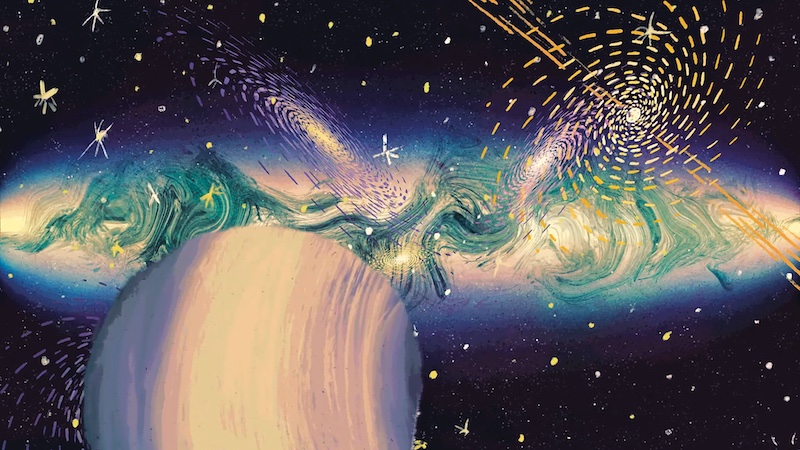How to get URL link on X (Twitter) App



 The story on #GaiaDR3 galaxies can be found here: cosmos.esa.int/web/gaia/dr3-g…, the story on the published quasars is available here: cosmos.esa.int/web/gaia/dr3-q…. These stories are part of a set of 20 stories describing the many #GaiaDR3 data products.
The story on #GaiaDR3 galaxies can be found here: cosmos.esa.int/web/gaia/dr3-g…, the story on the published quasars is available here: cosmos.esa.int/web/gaia/dr3-q…. These stories are part of a set of 20 stories describing the many #GaiaDR3 data products. 

https://twitter.com/ESAGaia/status/1504034919533658114@csa_asc @ESA_Webb @NASAWebb Gaia orbits the Lagrange point L2 with a Lissajous orbit, while Webb orbits L2 with a halo orbit. L2 is located at ~1.5 million km from Earth in the direction opposite the Sun. We share here a visualisation of both orbits, as created with @GaiaSky_Dev
